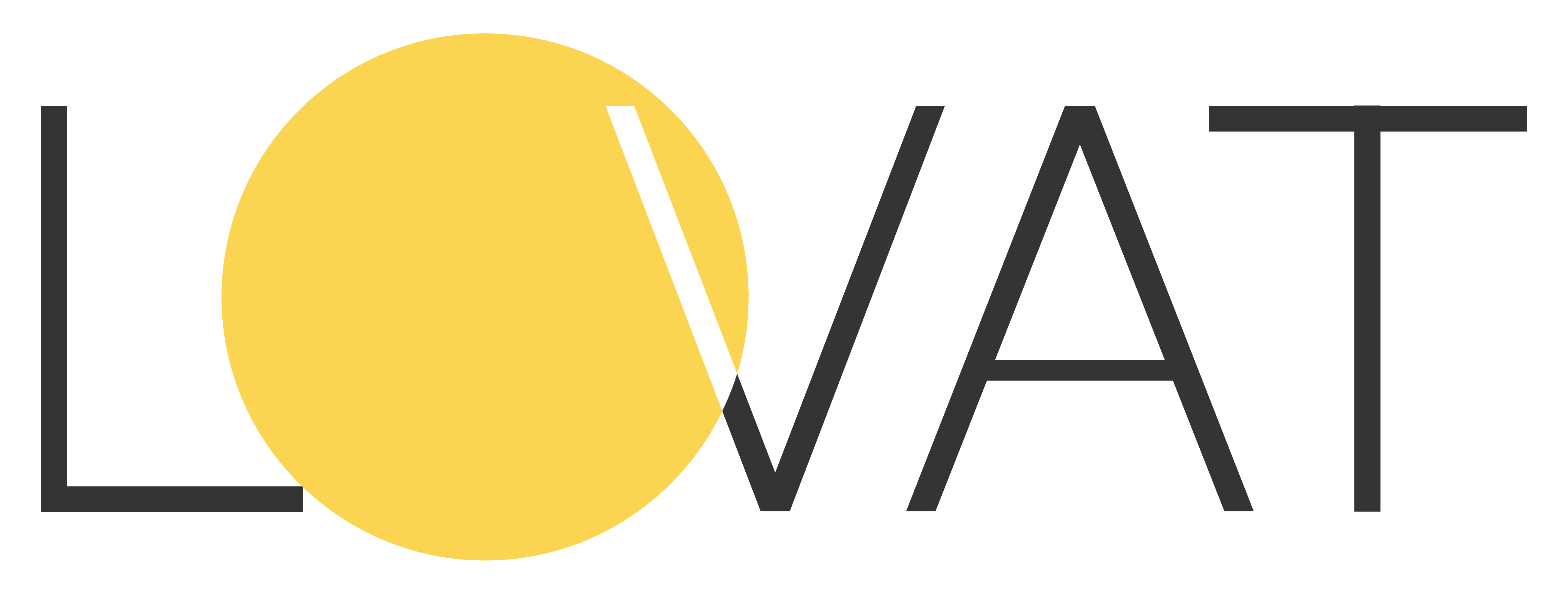This guide covers only the taxation of digital services. If you sell goods, this guide does not apply.
Changes to the EU VAT rules referring to the place of supply of telecommunications, broadcasting, and electronic services will enter into force on the 1st of January, 2015. Starting with this date, these services supplied by a business to a final consumer (B2C) will be taxable in the country where the customer is established or has his permanent address or usual residence (hereinafter “Member State of consumption”) regardless of where the taxable person supplying these services is established (Article 58 of the VAT Directive 2008/8/EC of 12 February 2008 amending the Council Directive 2006/112/EC of 28 November 2006 on the common system of value added tax).
VAT Standard rate
The standard VAT rate in Romania in 2024 is 19%.
VAT Reduced rate
9%
The reduced rate of Value-Added Tax (VAT) applies only to certain goods and services, including:
- Food and non-alcoholic beverages intended for human and animal consumption;
- Supplies of medicines for human and veterinarian use;
- Restaurant services;
- Catering services;
- Hotel accommodation activities.
5%
The reduced rate of Value-Added Tax (VAT) applies only to certain goods and services, including:
- Manuals, books, newspapers, and magazines;
- Firewood supplies;
- Admission to castles, museums, and zoos.
See the summary of the EU VAT rates.
Threshold
From the 1st of July 2021, the distance selling thresholds were withdrawn and replaced by a unified threshold of EUR 10,000 for all EU members.
In other words, VAT should be charged at the VAT rate of the customer’s country of residence by companies whose annual taxable cross-border turnover is over EUR 10,000.
Pieces of evidence
To identify the customer’s location, the merchant has to collect at least two items on non-contradictory evidence. And if two of them are in Romania, the customer may be determined as Romanian:
- Customer’s permanent address;
- Billing address (bank or electronic payment operator);
- IP address;
- Telephone number;
- The location of the customer’s fixed landline through which the service is supplied to him;
- Other commercially relevant information.
E-services list
As defined by EU law, a digital product is any product that’s stored, delivered, and used in an electronic format. These are goods or services that the customer receives via email, by downloading them from the Internet, or through logging into a website, in particular:
- E-books, images, movies, and videos, whether buying a copy from Shopify or using a service like Netflix. In tax language, these products are in a category usually called, «Audio, visual, or audio-visual products»;
- Downloadable and streaming music, whether buying an MP3 or using a service like SoundCloud or Spotify. Of course, these products also fall into the audio category;
- Cloud-based software and as-a-Service products, such as Software-as-a-Service (SaaS), Platform-as-a-Service (PaaS), and Infrastructure-as-a-Service (IaaS);
- Websites, site hosting services, and internet service providers;
- Online ads and affiliate marketing.
Registration procedure
If a company not established in Romania is providing ‘taxable supplies’ digital services in Romania, it may have to obtain a non-resident VAT registration with AT–Agenţia Naţională de Administrare Fiscală.
A business established in a country outside the EU must appoint a tax representative to register for VAT in Romania.
The MOSS is also available. The Mini One Stop Shop (MOSS) is a special scheme that aims to facilitate the compliance of all obligations relating to telecommunications services, broadcasting, and television and electronically supplied services to non-taxable persons in the EU in which they do not have an establishment to account for the VAT. If the supplier is established outside the European Union and does not have a fixed establishment in Romania (nor in any Member State), and is not registered nor is legally required to register for VAT purposes in any Member State, it may choose Romania as the Member State of Identification for MOSS purposes.
VAT returns filing date
VAT returns filing is up to the 20th of the month following the quarter to which the services were provided. For instance:
- 20 April, for Q1 ending 31 March;
- 20 July, for Q2 ending 30 June;
- 20 October, for Q3 ending 30 September;
- 20 January, for Q4 ending 31 December.
VAT payment date
The same date as for filling (see above).
Penalties
A non-declaration penalty is applicable, at 0.08% per day, starting from the day following the due date until the date of payment. This penalty applies to the main tax obligations declared incorrectly or not declared by the taxpayer and is established by a tax inspection authority decision.
Keeping records
All records and supporting documents should be kept for 10 years.
E-Invoicing in Romania
According to a law published in October 2023, Romania introduced mandatory e-reporting and e-invoicing as of January 1, 2024.
- In the first phase (until June 30, 2024), Romanian taxpayers must comply with the e-reporting obligation.
- Starting from the second phase (from July 1, 2024), electronic B2B and B2G invoicing is mandatory for Romanian taxpayers as well as foreign companies with a permanent or fixed establishment in Romania. Taxpayers who are not registered as VAT payers will not be subject to this requirement; instead, they will have to continue to submit invoices issued through e-invoicing.
It is specified that as of July 1, 2024, invoices must be sent to the RO e-Factura system within five calendar days of the electronic invoice, but no later than 5 business/calendar days from the end of the invoicing deadline.


